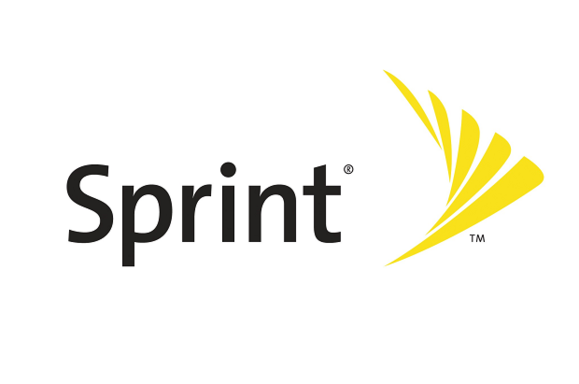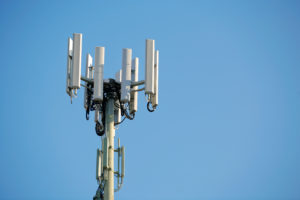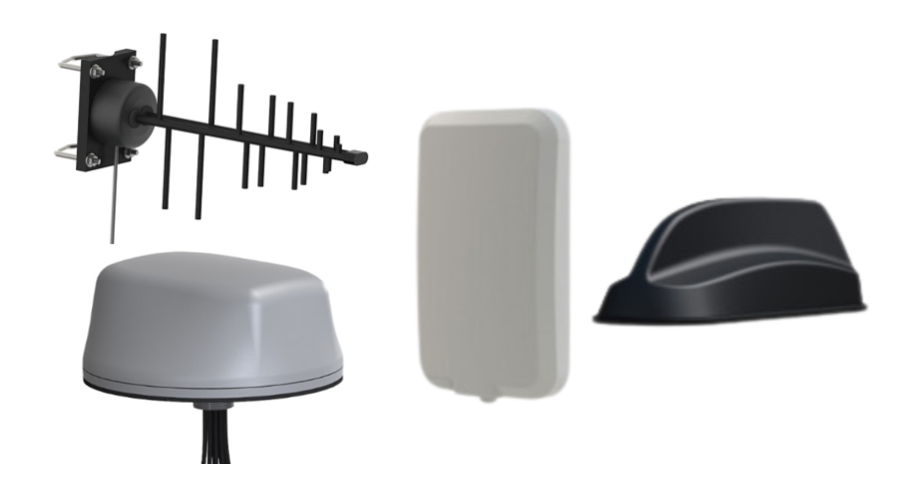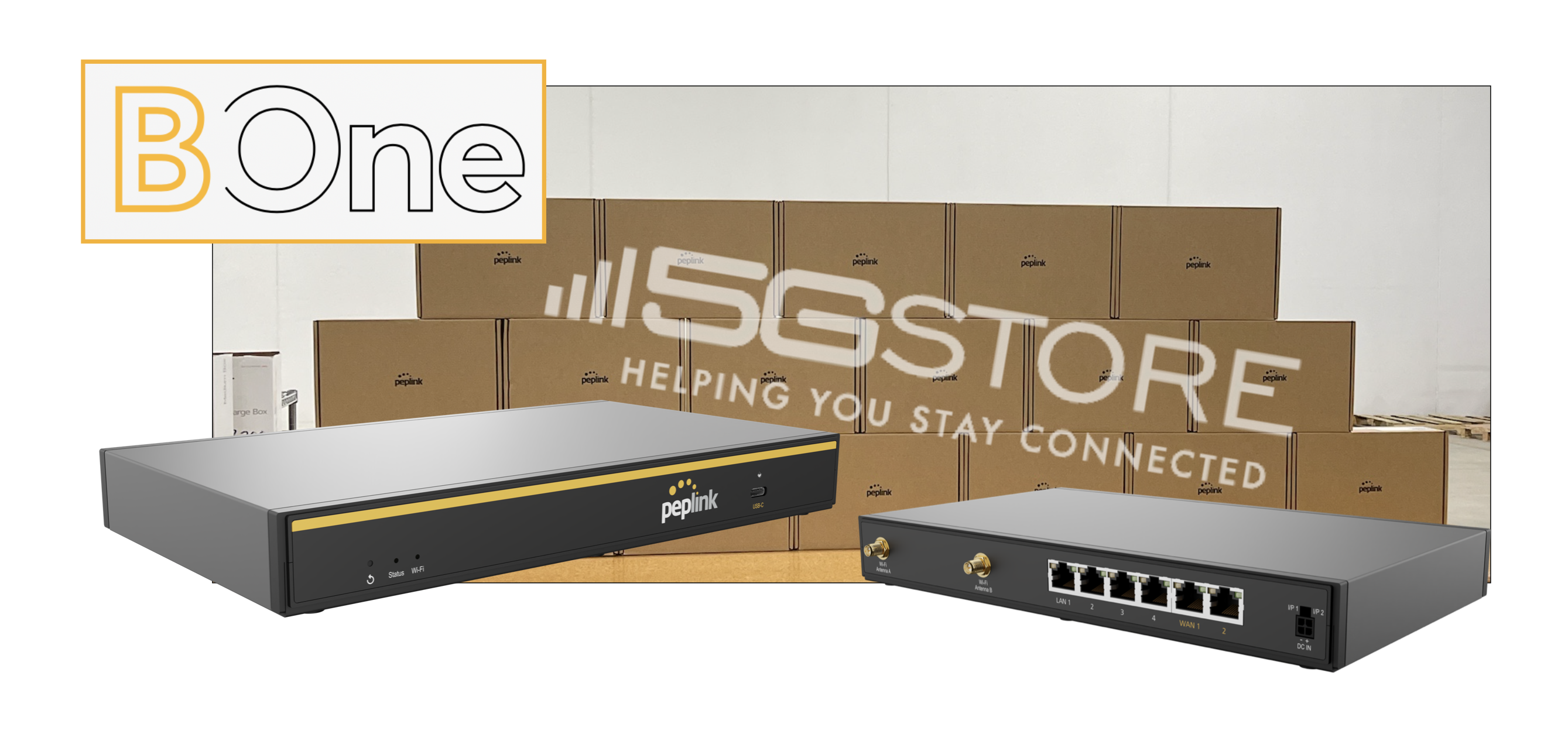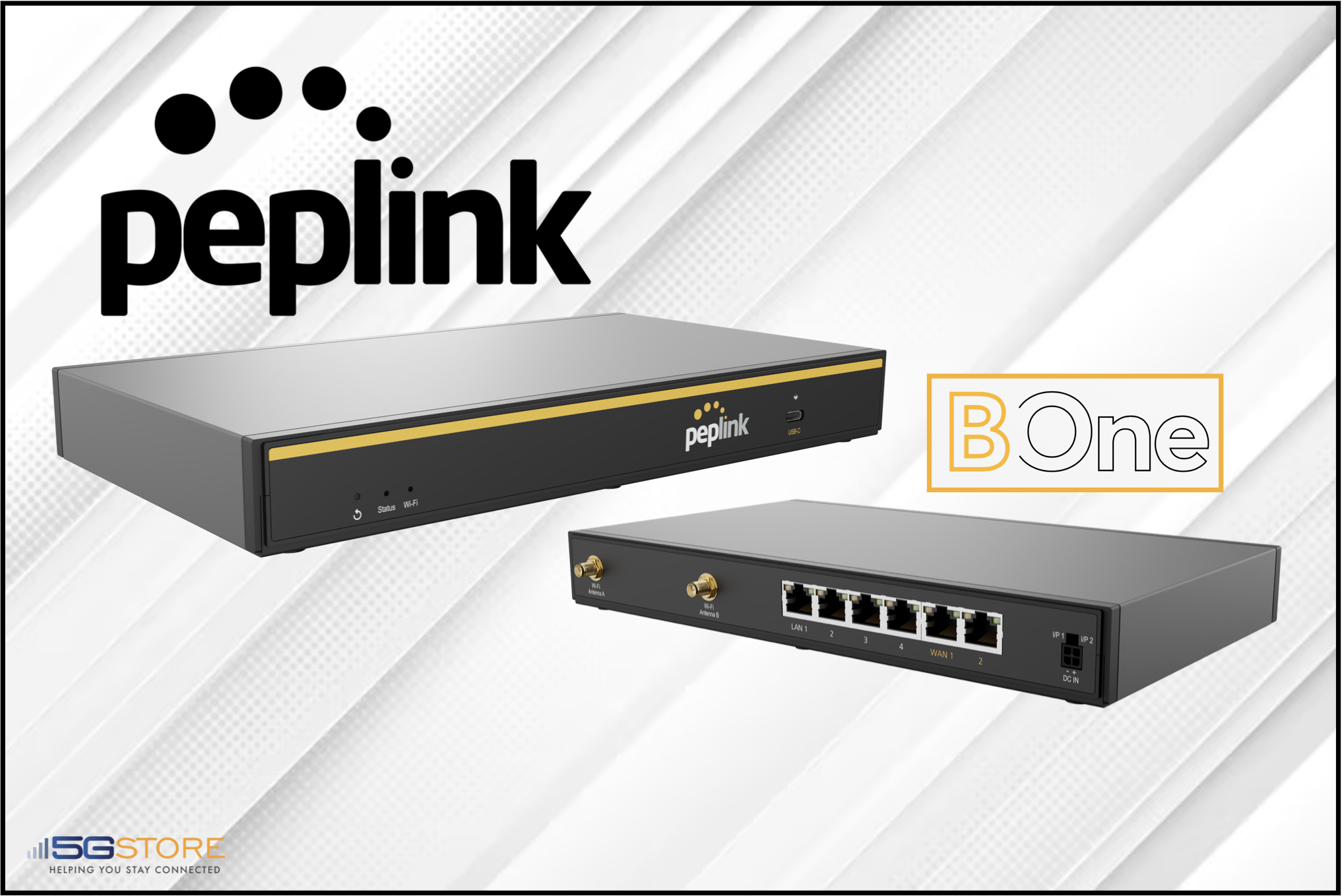
MIMO, or Multiple Input, Multiple Output, is a transformative technology that is crucial in enhancing data transmission and reception capabilities. MIMO improves both the performance and capacity of a network’s communication link. Most of today’s cellular routers have main and diverse auxiliary ports to accommodate incoming and outgoing cellular signal communications with cell phone towers. Operating on the fundamental principle of integrating multiple antennas at both transmitter and receiver ends, MIMO is widely used in cellular 4G/5G applications and Wi-Fi networks. In this article, we delve into the workings of MIMO, its applications in 4G, and its evolution to 5G.
How Does MIMO Work?
MIMO operates on several principles. Spatial multiplexing is a key component. This technique involves simultaneously transmitting multiple data streams through different antennas, significantly increasing data throughput compared to traditional SISO (Single Input, Single Output) systems. Diversity techniques, such as transmitting the same data through multiple paths, enhance signal reliability. These techniques mitigate issues like signal fading and interference. Beamforming, another crucial feature of MIMO, optimizes signal paths by adjusting the phase and amplitude of signals transmitted through each antenna, thereby improving both range and data rates.
Applications in 4G
MIMO technology has played a pivotal role in advancing 4G LTE networks. Multiple antennas at base stations and user devices enhance network capacity and data rates, resulting in faster and more reliable connections. In dense urban environments where network congestion is common, MIMO configurations in 4G are diverse. MIMO configurations in 4G networks can be 2×2 MIMO setups or more advanced 4×4 MIMO setups, giving users the flexibility to optimize signal performance.
Evolution to 5G
As the global transition to 5G unfolds, MIMO continues to be instrumental in shaping the future of connectivity. 5G networks leverage advanced MIMO configurations like Massive MIMO, which deploys an extensive number of antennas to serve multiple users simultaneously. This results in unparalleled data speeds and low-latency communications, both of which are crucial for technologies like the Internet of Things (IoT) and augmented reality. In the 5G era, MIMO becomes even more sophisticated: 5G modems almost always incorporate at least a 4×4 MIMO setup for optimal performance.
Antenna Connections and Configurations
The number of connections required for MIMO varies in 4G and 5G setups. Most 4G modems use two total connections. With dual modems, this may result in either four or eight antenna connections. 5G modems almost always have at least a 4×4 MIMO setup, and either four or eight total connections on the antenna. When you see terms like 3-in-1 or 5-in-1, this is referring to how many connections the antenna supports. In some cases, antennas may need to support up to 13 connections, including cellular, Wi-Fi, and GPS connections.
5G Use Cases and Industries
The transformative capabilities of MIMO in 5G networks extend far beyond enhancing data speeds: they usher in a new era of connectivity that revolutionizes various industries. MIMO’s advanced features play pivotal roles in addressing and optimizing specific use cases, which significantly impact the efficiency and performance of diverse group sectors that include healthcare, emergency services, education, and many others. Below you’ll find details that outline the use cases of MIMO and the industries that benefit from this technology.
- Healthcare Applications: In the healthcare sector, the integration of MIMO technology within 5G networks proves instrumental in improving patient care and medical services. The high data throughput and low-latency communication enabled by MIMO facilitate the real-time transmission of medical data. This is crucial for the telemedicine applications that are becoming increasingly popular in today’s world. Remote patient monitoring, augmented reality-assisted surgeries, and collaborative healthcare platforms benefit from MIMO’s reliability and speed, ensuring a seamless and timely exchange of critical information.
- Smart Manufacturing: MIMO’s influence extends into the realm of smart manufacturing, where the precision and efficiency of operations are paramount. In this context, MIMO enhances communication between connected devices and sensors on the factory floor. This results in improved automation, predictive maintenance, and real-time monitoring of production processes. The ability to transmit vast amounts of data simultaneously ensures that smart manufacturing systems operate with minimal latency, optimizing production efficiency and reducing downtime.
- Augmented Reality Experiences: Immersive augmented reality (AR) experiences, whether they’re used in gaming, education, healthcare, or enterprise applications, rely heavily on the seamless transmission of high-quality data. MIMO’s ability to handle multiple data streams concurrently contributes to the delivery of immersive AR content with minimal lag. This is especially crucial in scenarios where real-time interactions and responsiveness are essential, providing users with a more engaging and lifelike experience.
- Autonomous Vehicles and Transportation: The deployment of MIMO in 5G networks is a driving force in the evolution of autonomous vehicles and intelligent transportation systems. MIMO’s contribution to low-latency communication ensures timely data exchange between vehicles, infrastructure, and central control systems. This capability is foundational to enable features like real-time traffic management, remote vehicle diagnostics, and enhanced vehicle-to-everything (V2X) communication. MIMO ultimately provides safer and more efficient transportation networks.
- Education and Remote Learning: In the education sector, MIMO technology facilitates advanced remote learning experiences. The simultaneous transmission of high-quality multimedia content, interactive virtual classrooms, and collaborative online tools benefit from MIMO’s data throughput capabilities. This ensures a seamless learning experience for students, regardless of the geographical location, by mitigating latency issues and providing reliable connectivity.
Challenges and Future Prospects
In navigating the evolving landscape of MIMO technology within 5G networks, it is essential to acknowledge the challenges and envision the promising prospects that lie ahead. The integration of MIMO into diverse industries demonstrates its transformative potential. As with any revolutionary technology, however, MIMO is not without its hurdles.
One of the primary challenges involves signal interference and hardware complexity. The intricate nature of MIMO systems demands ongoing research and development efforts to mitigate potential issues, ensuring the seamless operation of these networks across various applications. Additionally, security implication considerations and energy efficiency become paramount as MIMO continues to proliferate in critical sectors.
Looking toward the future, the trajectory of MIMO in 5G networks remains promising. Ongoing research aims to optimize MIMO for the anticipated era of 6G, pushing the boundaries of what is achievable in terms of data speeds, reliability, and adaptability. Collaborations between MIMO and cutting-edge technologies like artificial intelligence offer exciting possibilities for self-optimizing networks that can dynamically adjust to the demands of diverse applications.
As we reflect on the journey from 4G to the current 5G era and beyond, MIMO stands out as a driving force in reshaping our digital experiences. Its role in addressing specific industry needs, from healthcare to education, underscores its versatility and potential impact on society. Despite the challenges, the future of MIMO in 5G networks holds promise. It offers a glimpse into a world where connectivity is not only faster but also more intelligent, reliable, and seamlessly integrated into our daily lives. With ongoing advancements and a commitment to overcoming challenges, MIMO is poised to continue facilitating a seamless and rapid data transfer, shaping the future of connectivity for generations to come.
Further Questions? Contact 5Gstore
If you have more questions about MIMO technology or need help selecting a 4G or 5G MIMO router, please reach out to one of the experts at 5Gstore. We can assess your home or business’ unique needs to find the right networking equipment for your use case, whether that’s in agriculture, healthcare, emergency services, or gaming. We carry the most well-respected networking manufacturers in the industry, including Peplink, Cradlepoint, MobileMark, and Sierra Wireless.






